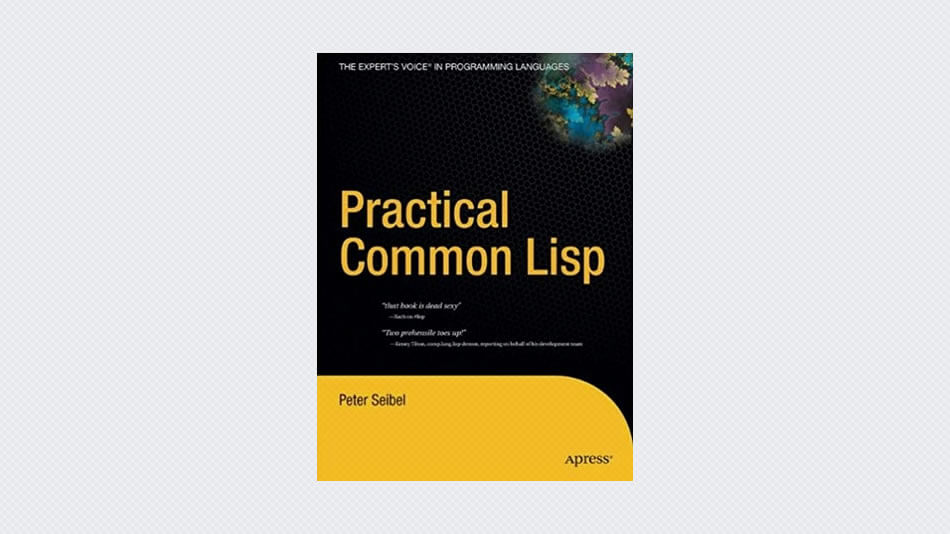If you think the greatest pleasure in programming comes from getting a lot done with code that simply and clearly expresses your intention, then programming in Common Lisp is likely to be about the most fun you can have with a computer. You’ll get more done, faster, using it than you would using pretty much any other language.
It’s hard, in only a few pages of an introductory chapter, to explain why users of a language like it, and it’s even harder to make the case for why you should invest your time in learning a certain language. Personal history only gets us so far. Perhaps I like Lisp because of some quirk in the way my brain is wired. It could even be genetic, since my dad has it too. So before you dive into learning Lisp, it’s reasonable to want to know what the payoff is going to be.
For some languages, the payoff is relatively obvious. For instance, if you want to write low-level code on Unix, you should learn C. Or if you want to write certain kinds of cross-platform applications, you should learn Java. And any of a number companies still use a lot of C++, so if you want to get a job at one of them, you should learn C++.
For most languages, however, the payoff isn’t so easily categorized; it has to do with subjective criteria such as how it feels to use the language. Perl advocates like to say that Perl ‘makes easy things easy and hard things possible’ and revel in the fact that, as the Perl motto has it, ‘There’s more than one way to do it.’1 Python’s fans, on the other hand, think Python is clean and simple and think Python code is easier to understand because, as their motto says, ‘There’s only one way to do it.’
So, why Common Lisp? There’s no immediately obvious payoff for adopting Common Lisp the way there is for C, Java, and C++ (unless, of course, you happen to own a Lisp Machine). The benefits of using Lisp have much more to do with the experience of using it. I’ll spend the rest of this book showing you the specific features of Common Lisp and how to use them so you can see for yourself what it’s like. For now I’ll try to give you a sense of Lisp’s philosophy.




